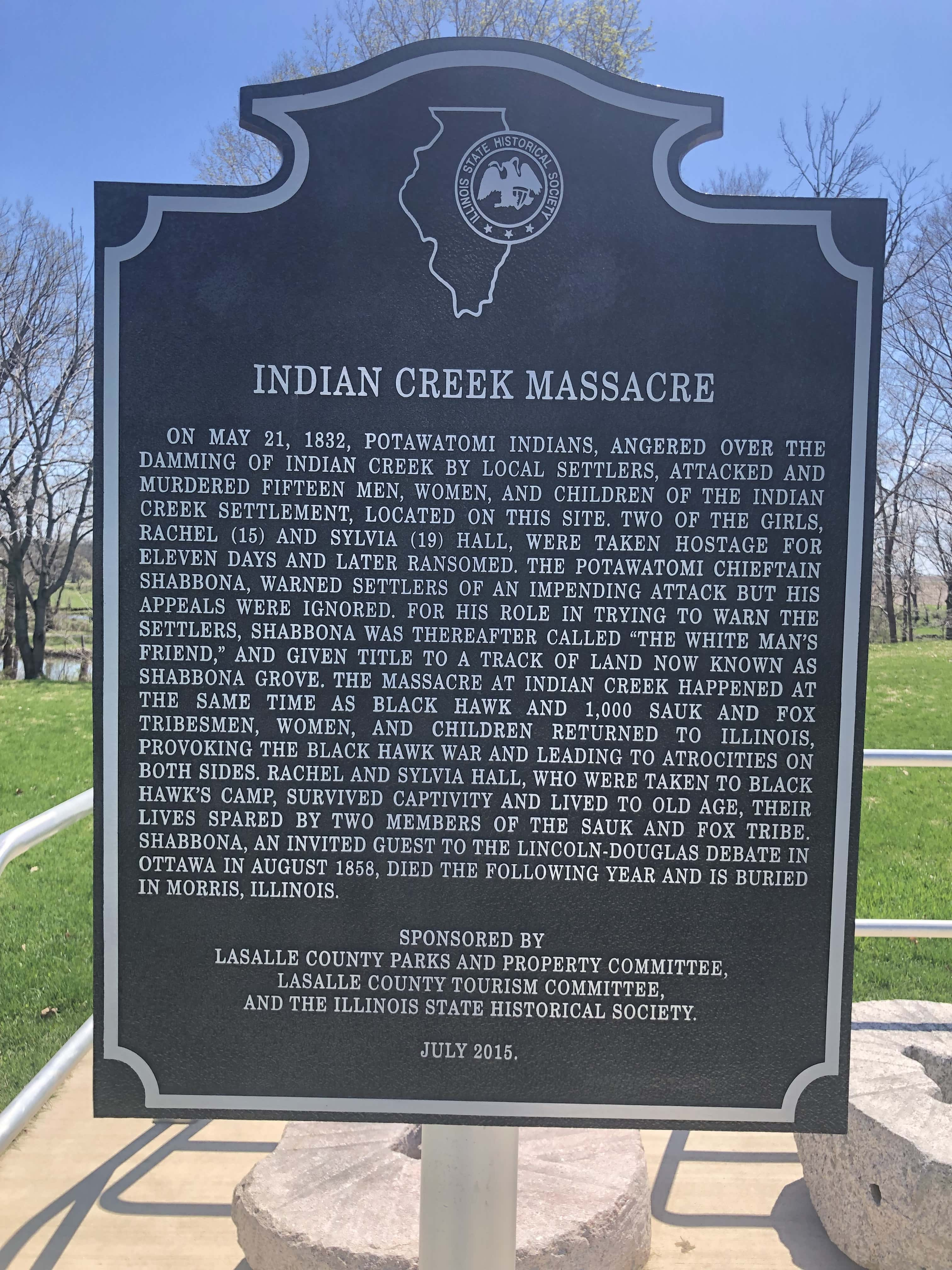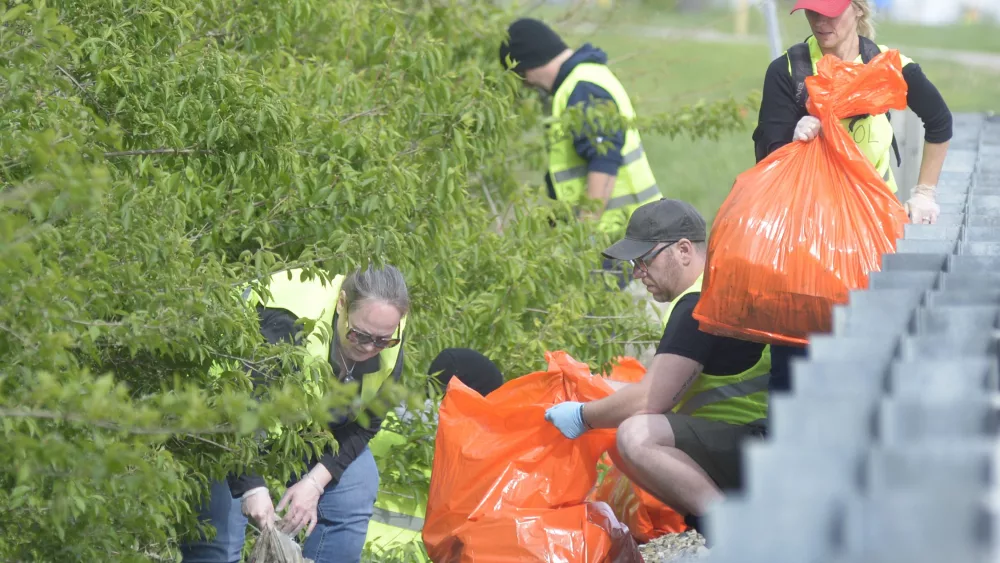EARLVILLE – It was on this date in 1832 that fifteen settlers in northern LaSalle County were killed by up to eighty Potawatomis and a handful of Sauk tribe members after a dispute over a dam constructed on a creek escalated into violence. Earlier in the spring of 1832, William Davis constructed a dam to power a sawmill along the Indian Creek. A nearby Potawatomi village protested the construction, due to fish now being unable to travel upstream. A male from the tribe later allegedly tried to dismantle the dam, and was assaulted by Davis. A compromise was reached thereafter, the Potawatomis could fish below the dam. Regionally, and unrelated to the local dispute, the Black Hawk War began after the Sauk leader wanted to resettle lands that had been taken by the United States after a treaty that was signed some 13 years earlier. Potawatomi Chief Shabbona, his son and nephew began to warn area settlers of the potential for an attack, and many fled to Ottawa. William Davis and 22 others stayed, ignoring the alarm.

The massacre began the late afternoon of May 21st, resulting in what was described by historians as a brutal attack, with many of the victims dismembered. Two of the settlers, siblings 17-year-old Rachel Hall and 19-year-old Sylvia Hall were kidnapped and taken to a Black Hawk Camp 80 miles to the north. After negotiations and bartering, the pair were released 11 days later.

The location of the attack is now Shabbona Park, located between Earlville and Harding, where a number of monuments and items are on permanent display.










